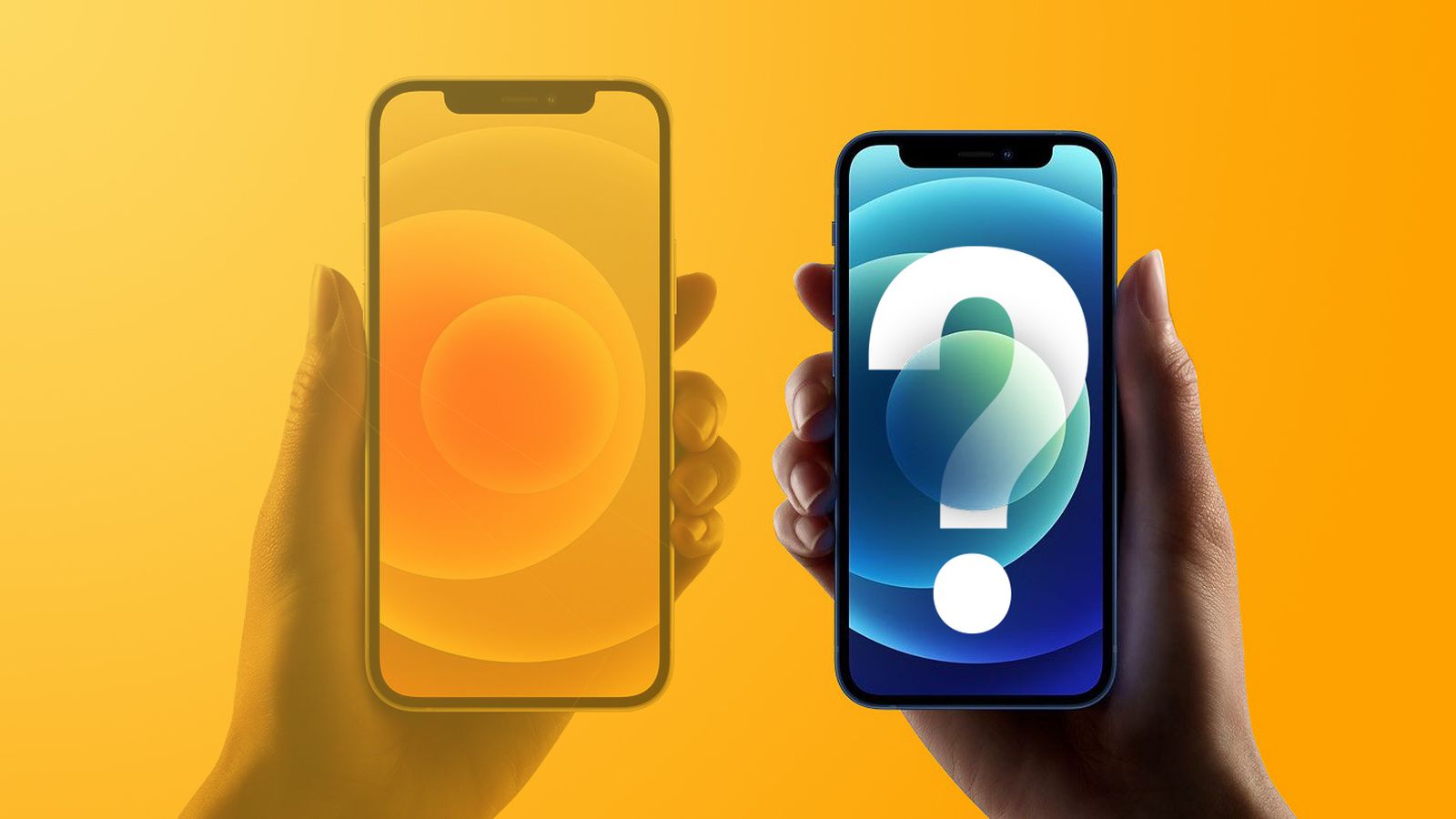
2827 Views |
7 min |
Published On: July 31, 2022
Last Updated: August 2, 2022
Uber, Zoom, Airbnb, Netflix, and all other leading businesses have something common in them: a mobile strategy that has won the hearts of their target audience. The app market may look oversaturated with more than 5 billion mobile apps on app stores, but a notable presence on mobile is essential for all types of businesses – no matter their size and industry.
Evolving consumer behavior, increasing penetration of the internet, and the convenience that mobiles provide are some of the reasons behind the growing mobile ecosystem in the modern business world. Whether you are just starting a business or you are in a growth or expansion stage, it is essential to decide what type of mobile mindset you will adopt to leave a good impression on your customers.
A well-built mobile application helps you engage with your consumers, build loyalty, promote new services, generate leads, grow sales, increase business visibility, and enhance the customer experience your brand provides. On the other hand, a poorly designed mobile application will just increase your technical debts and diminish your brand reputation.
Also, with billions of mobile apps available to download on the app stores, even getting the attention of your target audience is tedious if you do not plan enough to induce that X-factor in your mobile app. Thus, to help you do the same, we wrote this amazing piece of content for you.
In this article, we will be talking about ten emerging mobile app technologies and best practices that you can use to attract, convert, and retain your mobile app users to turn your business into a brand. So, if you want to build an app that outshines this crowded market, read on!
1. Artificial Intelligence
AI is one of the most important mobile app technologies that businesses are using to build intelligent and highly useful applications. As per a study by McKinsey, Artificial Intelligence brought in an investment of $39 billion in 2016 and this number has only grown in the coming years.
AI is used in mobile applications to make them intelligent, find our users’ behavior, and make important decisions. In short, AI uses data collected by the app to learn about users’ behavior and to improve the app’s experience further. Here is how some of the top applications available in the world are using AI to support their operations:

Due to the many advantages and applications of AI, the number of businesses implementing it has grown by 270% in the last few years, as per a survey by Gartner. It can be used in many forms in mobile apps to make them intelligent and sound, including:
- Recommendations: Apps like Amazon, Netflix, and others use AI to recommend users products to buy, content to stream, and sometimes even life partners to choose from.
- Reasoning: Apps like Google Maps and Uber sometimes change their route depending on the traffic conditions. That’s AI. Artificial Intelligence using its thinking capacities helps drivers make real-time quick decisions for providing the best services to users.
- Security Improvement: Learning how usual customers behave in an app can help AI set rules to improve app security. For example, if a malicious bot tries to forge the identity of one of your users to steal data or place unwanted orders, the AI system will track its uncommon behavior and will stop the transaction right there.
By incorporating Artificial Intelligence in your application, you can provide a highly-personalized experience to your customers, predict their behavior, show them more relevant ads, increase engagement, grow sales, and do so much more to make your app a success.

2. Geofencing
Geofencing is a technology that lets mobile app owners take advantage of location-based marketing. This technology can help mobile app marketers collect data about when consumers enter or leave a specific geographical area so that they can target them at the right time. Here are some of the examples of how marketers can leverage this technology to the fullest:
- Increase physical traffic to the stores by sending push-notifications when consumers pass by
- Recommend products based on previous in-app customer behavior
- Integrate social sharing to increase brand awareness
- Improve customer service by collecting consumers’ feedback or opening lines of communication b/w users and business.
Geofencing is probably one of the most popular tools for connecting with your target audience nowadays. Therefore, brands are utilizing this technology to the fullest. By integrating geofencing technology into your mobile app, you can provide your business with a competitive edge.

If done properly, geofencing mobile app technology can help you generate real-time engagement, build loyalty, and maximize conversions. Check out how giants like Uber (the world’s biggest taxi application) use Geofencing to target their app consumers to stay connected with them:

3. Progressive Web Apps
PWA is another mobile app technology that is expected to gain momentum in the coming years. Even though it is not a new trend in the mobile app development world, PWAs are here to stay and help businesses accomplish their goals cost-effectively.
These apps work as a bridge between web pages and native mobile applications and are built using HTML, JavaScript, and CSS. Some of the great examples of PWAs are Starbucks, Uber, Twitter Lite, Expedia, QR Code Scanner, and Hulu.
However, Starbucks is one such brand that is utilizing the power of PWAs to the fullest. It replicated most of the functionality of its native app into a PWA, which is working much better to retain users by providing them with a personalized experience. It is fast, lets you pay via mobile phone, and also works in offline mode. It is 99.4% smaller than Starbucks’ native iOS app.

Here is why you would also like to use Progressive Web Apps to take your business on mobile in 2023 rather than native mobile applications:
- 36% higher conversion rates
- 50% higher customer engagement
- 10X faster page loading speed
- 4 times less app development cost
- 33% less maintenance cost
Deemed as the next big thing in the future of mobile app development, PWAs are no less than a native app and have almost similar future and experience. They provide clipboard access, launch in full screen, let you add icons to the customers’ home screen, and also help your users access services in the offline mode.
So, are you ready to turn your app idea into reality at a fraction of the cost using a PWA? Let’s get in touch!
4. Bots and IoT
Chatbots or bots are also becoming a revolution in the mobile app industry. According to reports, the value of the Chatbot market will be $1.25 billion by 2025. In fact, global consumer spending through Chatbots will reach $142 billion in the coming two years as per Business Insider. Here is how you too can Build a Bot for your business.
The reason behind this massive growth is advances in technologies like artificial intelligence, machine learning, and natural language processing. In the coming years, communication with chatbots will also become more natural using technologies like voice and facial recognition, semantic search, and sentiment analysis.
These bots will also be an important part of the fast-growing Internet of Things ecosystem. For example, Microsoft’s Cortana and Apple’s Siri are considered mobile apps whose user interface is the customer’s voice itself. Thus, Chatbots are sure to be the central hub of apps and IoT devices in the years to come.
Also Read: Why To Develop Chatbots For Banking And How Much Will It Cost?
5. AR/VR
Today, an increasing number of businesses are using augmented and virtual reality to enhance their mobile app experience and this trend is not going to fade away in the years to come. Here are the reasons why:

A few years ago, AR and VR technology was just used in gaming apps like Pokemon Go. But, from there these technologies became popular and are now mainstream. Today, the industry is using these amazing technologies for more practical and useful purposes like:
- Navigation
- Interior designing
- Object measurement
- Education
- User manuals
There are several examples of apps in the industry that are leveraging the power of AR/VR like Google Maps, Ikea, Nike, and many others. So, if you are planning to dive into augmented or virtual reality to improve your business offerings, now is the right time.
6. Predictive Analytics
Predictive analytics has been used in mobile app development for some time now. For example, Netflix uses predictive analytics to suggest to users movies or series based on their watching habits. The same is the case with Amazon. But, in the coming years, we will see new applications of this technology.
Here are two areas where you will see this trend going mainstream in 2023 and years beyond:
- To Simplify the App Development Process: Big brands and organizations will process the data collected from developers to analyze issues before they occur and suggest solutions to avoid or manage the same.
- To Improve the Customer Experience: Mobile applications will use predictive analytics to predict user behavior and personalize their journeys accordingly.
Thus, predictive analytics can significantly help in reducing the app development time while keeping the experience and quality of the app top-notch.

7. Blockchain
After quick adoption, Blockchain technology has crossed the barrier where there was disarray around What is Blockchain and its benefits. While the technology accompanies its own challenges and benefits, when combined with mobile applications, the revenue charts take a precarious turn upwards.
The adoption graph that blockchain has created for itself has all that is needed to make it one of the top mobile app development technologies for the coming years. Here are some of the numbers to help you digest the fact:

8. Cross-Platform Mobile App Development Technologies
The adoption of mobile is increasing with every passing day. As a result, even small businesses and startups want to build mobile apps to target consumers on mobile. But, let’s be honest. Mobile app development is an expensive process and not everyone can afford it.
But, solutions exist! One of the best solutions to develop a mobile app if you are on a budget is by using Cross-Platform App Development Technologies. Every mobile app development organization will tell you how convenient and affordable it is to develop a mobile app this way.
Also, cross-platform app development frameworks are evolving fast and provide the same look as native technologies. The time when customers’ experience used to drastically change between cross-platform and native applications is now gone. Some of the best and most popular cross-platform mobile app development frameworks are:
- React Native
- Flutter
- Xamarin
- Ionic
So, if you plan to develop an app or test an app idea by spending less, give it a shot!
9. mCommerce
mCommerce has seen surprising growth in the last few years, and in 2023 it will keep on picking momentum. Since the start of the COVID-19 pandemic, we saw a huge change in the manner in which individuals shop and that mobile will continue to be the favorite medium for people to shop.
As per reports, the worldwide Mobile Payment market size was estimated at $1.48 trillion in 2019 and is expected to reach $12.06 trillion by 2027.
Today, individuals invest more time and money in their cell phones, and likewise, mobile commerce is turning out to be increasingly popular.
It makes the shopping experience more smooth and more convenient, letting individuals purchase online anywhere and whenever they want by simply using their mobile phones.

10. Voice Search
People these days are lazy and they like bossing around their mobile phones by giving them instructions on what they want through their voice rather than text. The trend that started from Siri on Apple is now set to take many other forms and become an important mobile app development trend. The effect won’t just be on the end shoppers’ front but additionally on organizations and industrial levels.
Wrapping Up
These mobile application trends are a confirmation of how large the application industry is presently and how broad it will become in the future. As a new business owner or entrepreneur hoping to enter this flourishing domain, you must be well aware of these trends to be future-focused and win this space. You can always reach out to our expert developers for any kind of help or guidance. Feel free to get in touch!







